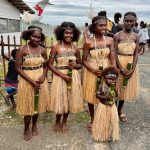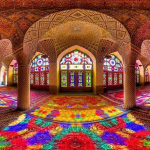Iceland waterfalls are one of the reasons the country is known for being one of the most beautiful in the world. “It’s like God gave a 3D-printer to a child”, a friend of mine said. Among its volcanic landscapes, geysers, and glaciers, the waterfalls stand out as some of the most famous attractions. They are almost too numerous to count – 10,000 by some estimates! Let’s take you on a journey to explore the 16 most beautiful Iceland waterfalls according to us. Why 16? Because 10 wasn’t enough, so we settled for 15, and then we remembered Kvernufoss!
Join us in september on our Don’t Go Chasing Waterfall Iceland Tour to see most of those!
16. Gluggafoss
Also known as Merkjárfoss, Gluggafoss is a unique multi-tiered waterfall located in South Iceland, not far from Seljalandsfoss (yet, nobody goes see it – even though it’s only 20 minutes away by car!). Its name translates to “Window Falls” due to the natural rock windows through which the water cascades. The upper falls flow through these openings in the cliff, creating an unusual and photogenic sight. Easily accessible, Gluggafoss offers a peaceful setting and is less crowded than more famous Icelandic waterfalls.
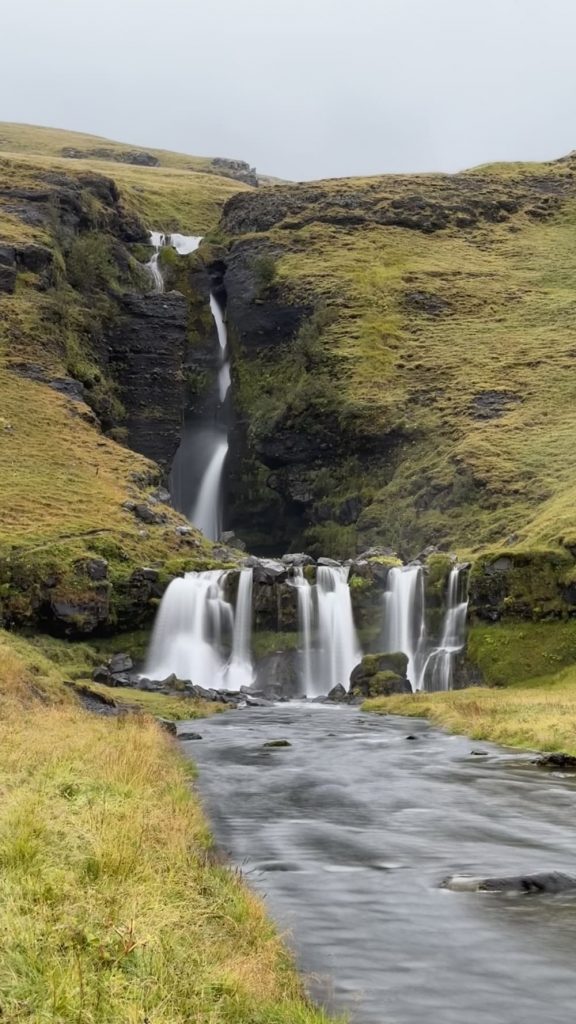
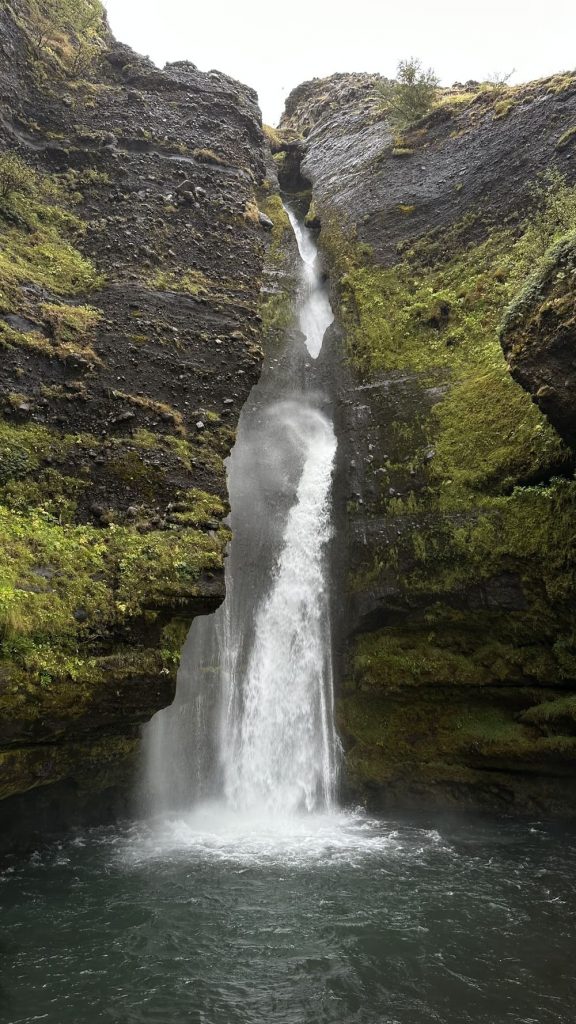
15. Aldeyjarfoss
Aldeyjarfoss offers an off-the-beaten-path adventure. Located in the northern highlands, this waterfall is surrounded by black basalt columns and rugged terrain. The 20-meter (65 feet) cascade is known for its striking contrast between the dark rocks and foaming white water.
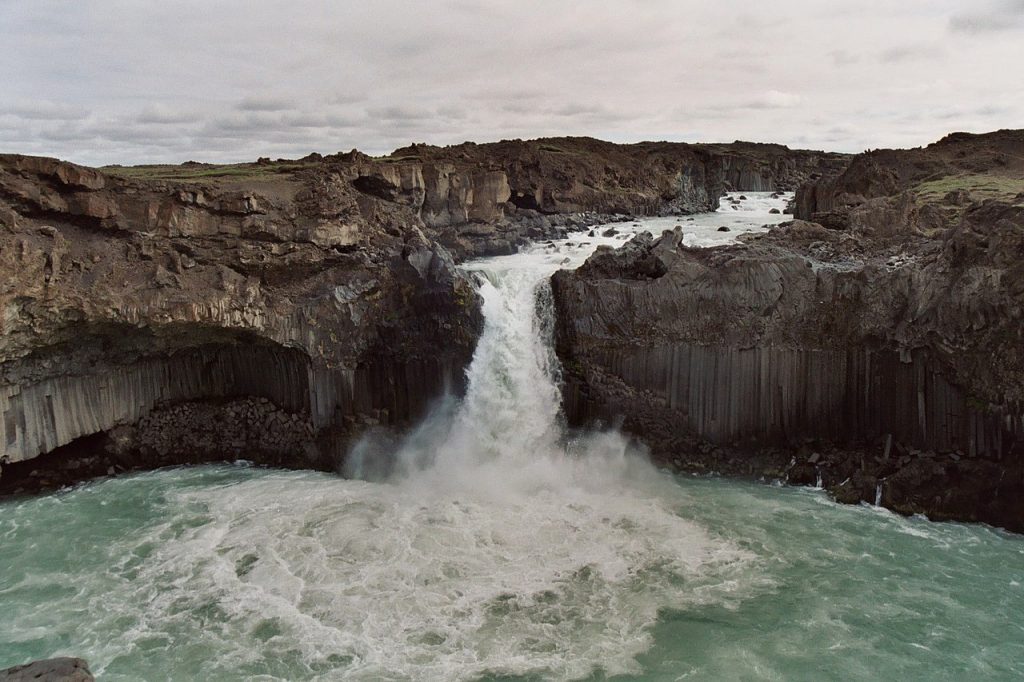
14. Ófærufoss
Located in the Eldgjá canyon, Ófærufoss is a two-tiered waterfall that once featured a natural stone bridge spanning its lower cascade. Though the bridge collapsed in the 1990s, the falls remain a stunning sight, with the rugged canyon creating a dramatic backdrop. The hike to Ófærufoss offers views of colorful volcanic landscapes, making it a favorite among adventurous travelers.
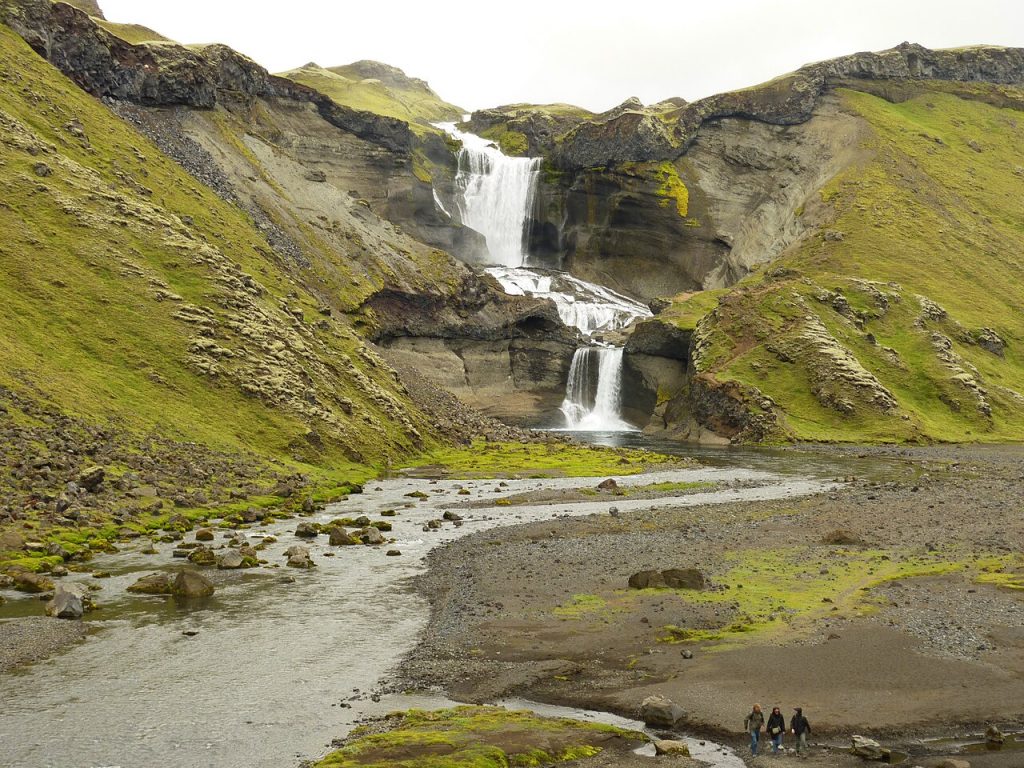
13. Glymur
Once considered Iceland’s tallest waterfall at 198 meters (650 feet), until Morsárfoss was discovered in 2007, Glymur is an impressive natural wonder. Reaching Glymur involves a scenic and moderately challenging hike that takes visitors across rivers and through caves. The trek offers stunning views of the Botnsdalur valley, making the journey as rewarding as the destination itself.
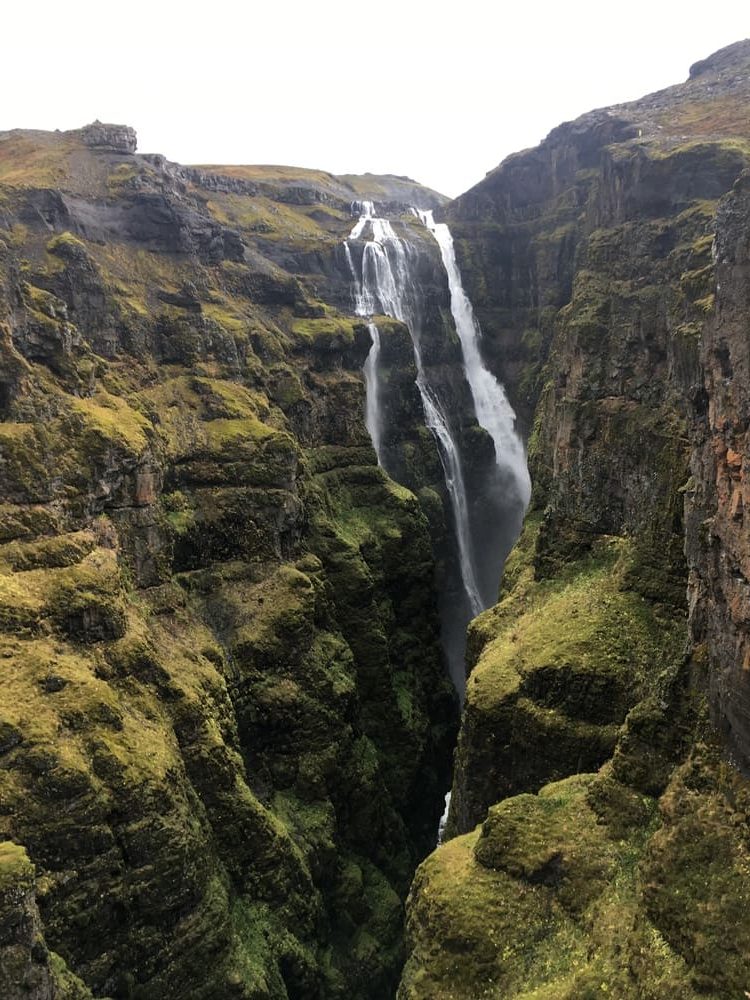
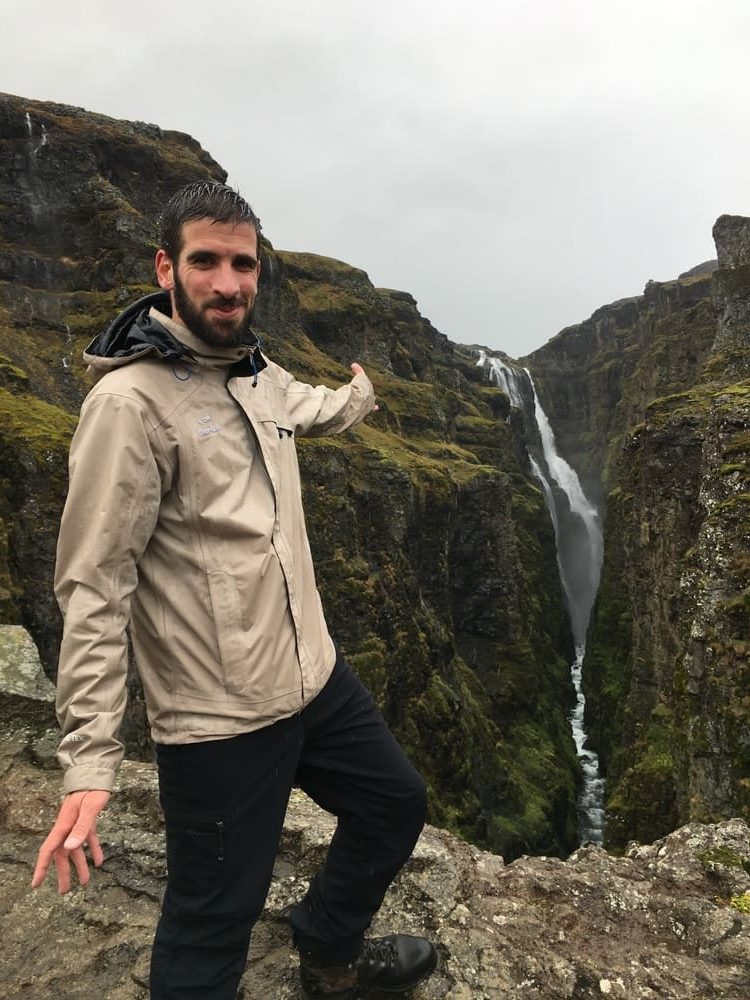
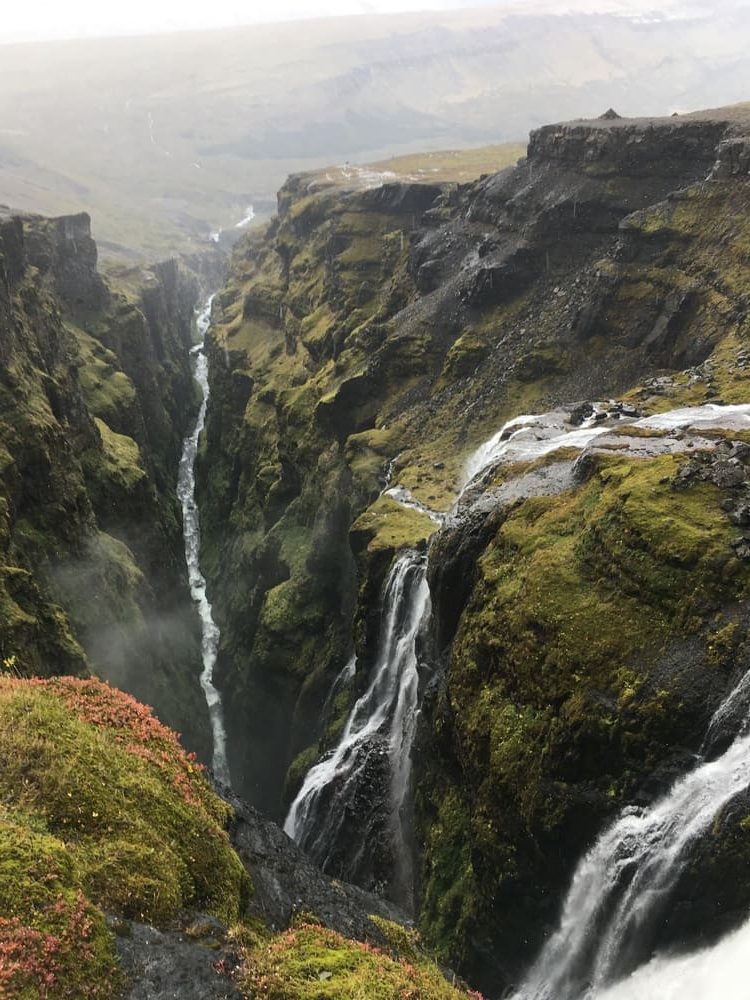
12. Nauthúsagil
A hidden gem near Seljalandsfoss, Nauthúsagil offers a unique experience. It is located at the end of an enchanting narrow gorge, accessed by following a stream and climbing over boulders. The canyon, shaded by overhanging cliffs, creates a magical atmosphere. Wear waterproof shoes, as you’ll need to wade through shallow water to reach the falls.
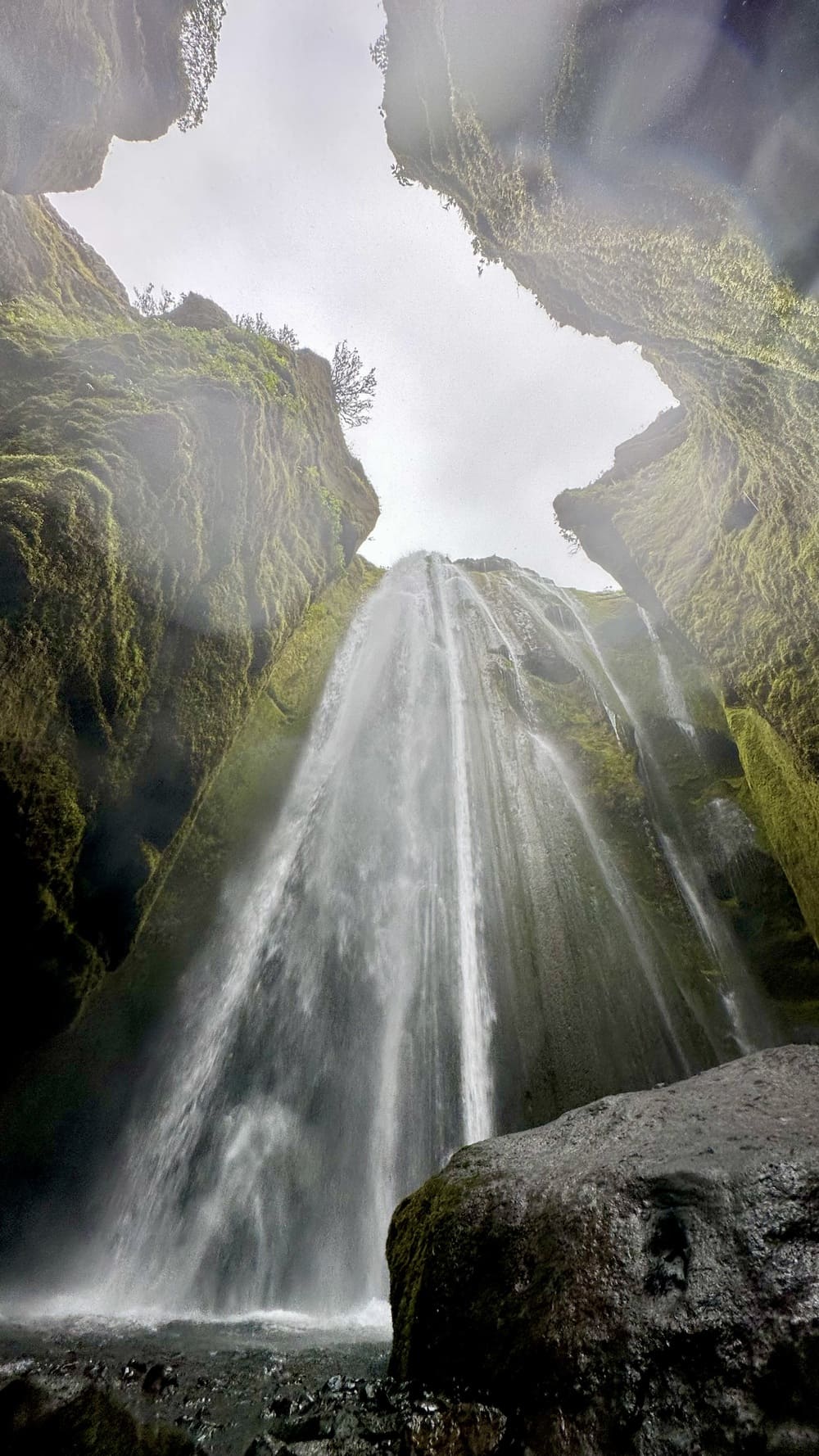
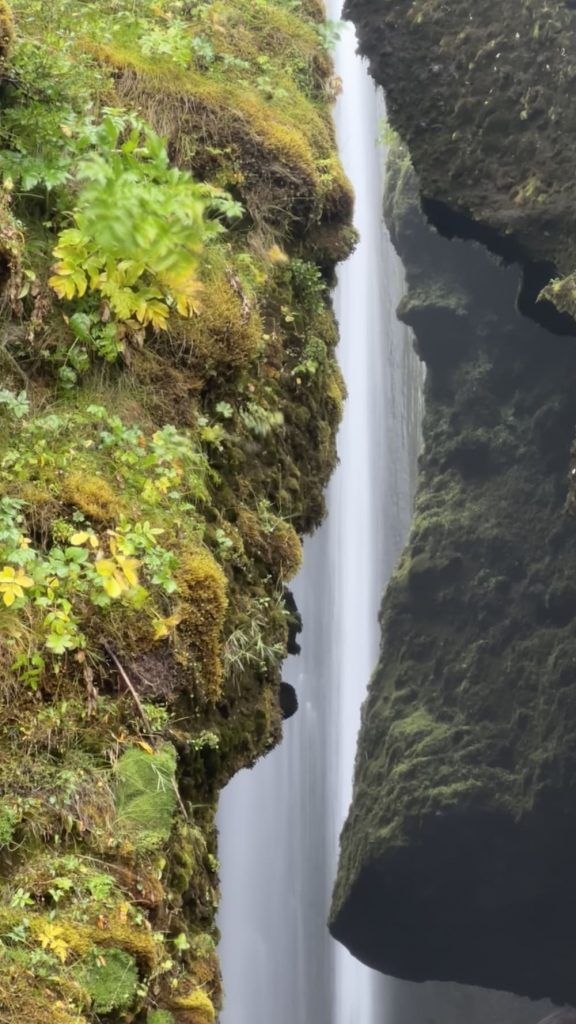
11. Kvernufoss
Tucked away near Skógafoss – and totally empty of tourists, as it was for a long time Iceland’s best secret – Kvernufoss is a hidden treasure. This 30-meter (98 feet) waterfall is located in a beautiful gorge, accessible via a short hike that passes through a charming landscape of mossy cliffs and hills. Visitors can also walk behind the cascade, similar to Seljalandsfoss, for a unique perspective. Despite its proximity to Skógafoss, Kvernufoss is less crowded, making it an excellent choice for a tranquil experience.
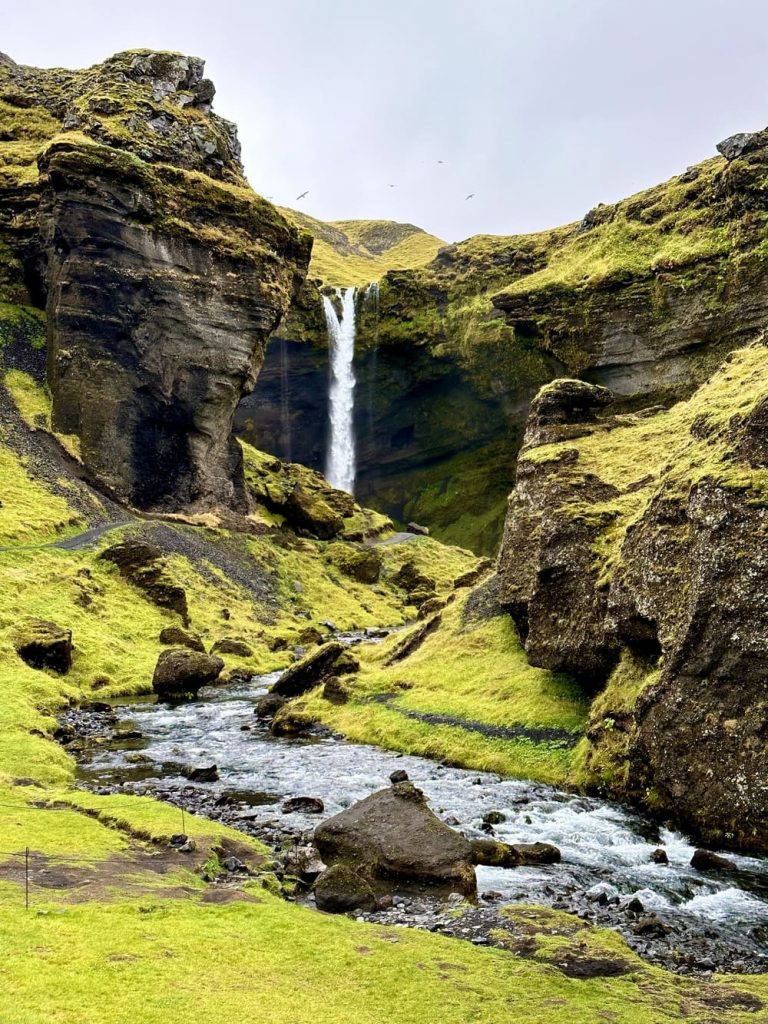
10. Dynjandi
Nicknamed “the jewel of the Westfjords,” Dynjandi is a majestic multi-tiered waterfall that resembles a bridal veil. Standing 100 meters (328 feet) tall, it is the largest waterfall in the Westfjords and cascades in a wide, fan-shaped pattern. Visitors can hike up a trail that passes smaller waterfalls along the way. Due to its remote location, it is seldom visited – yet it is one of our favourite Iceland waterfalls!
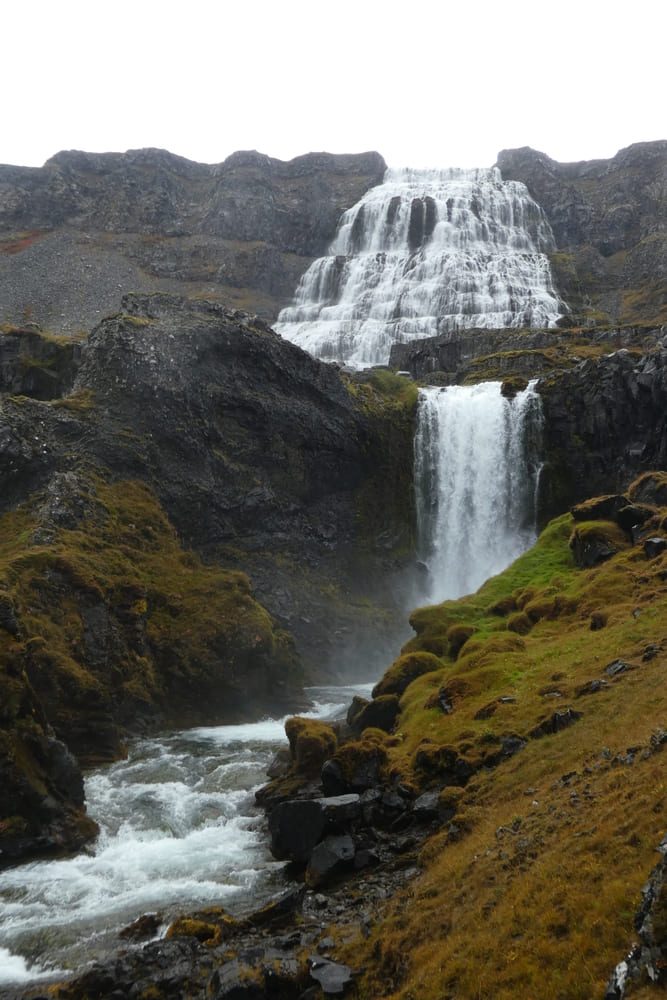
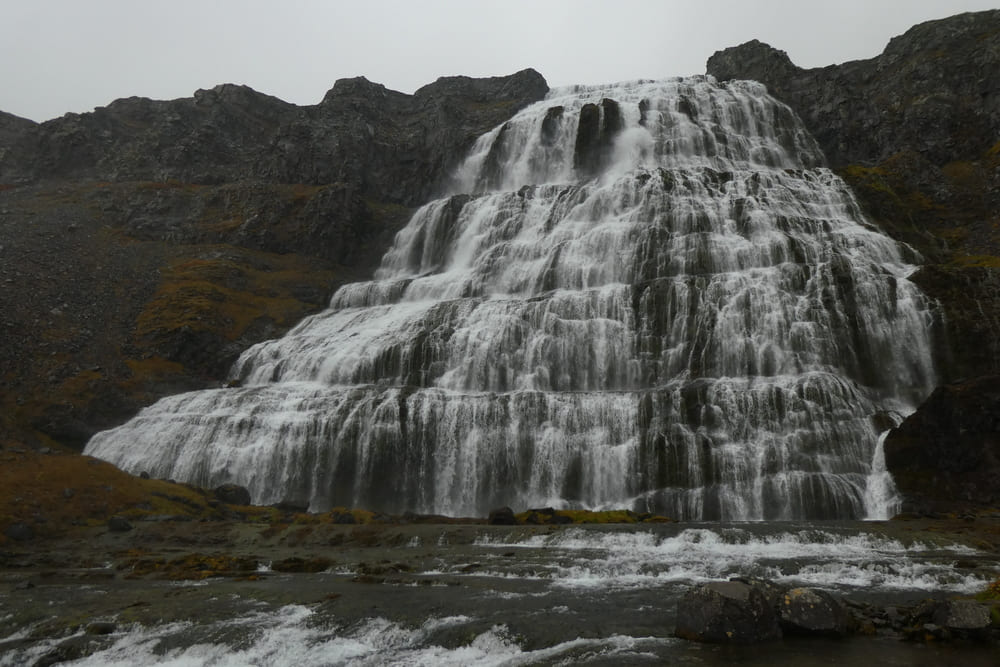
9. Goðafoss
The “Waterfall of the Gods,” Goðafoss is thought to have been a sacred site for Norse pagans, with the cascading waters symbolizing a connection between the mortal world and the divine. Geologically, it was formed by the Skjálfandafljót River cutting through volcanic rock over thousands of years. According to the legend, in 1000 AD, Iceland’s law speaker threw Norse pagan idols into the falls as a sign of the country’s conversion to Christianity.
In addition to its role in Iceland’s conversion to Christianity, the area around the falls has been a significant site for local trade and community gatherings for centuries. The semi-circular shape and turquoise waters make this one of Iceland’s most picturesque waterfalls.
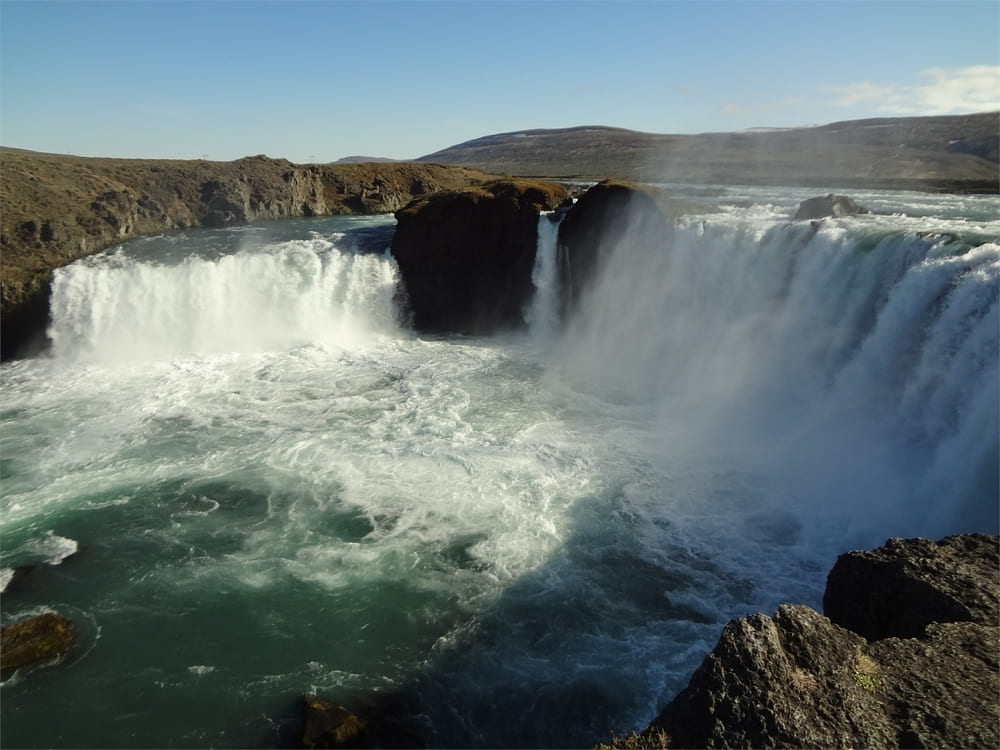
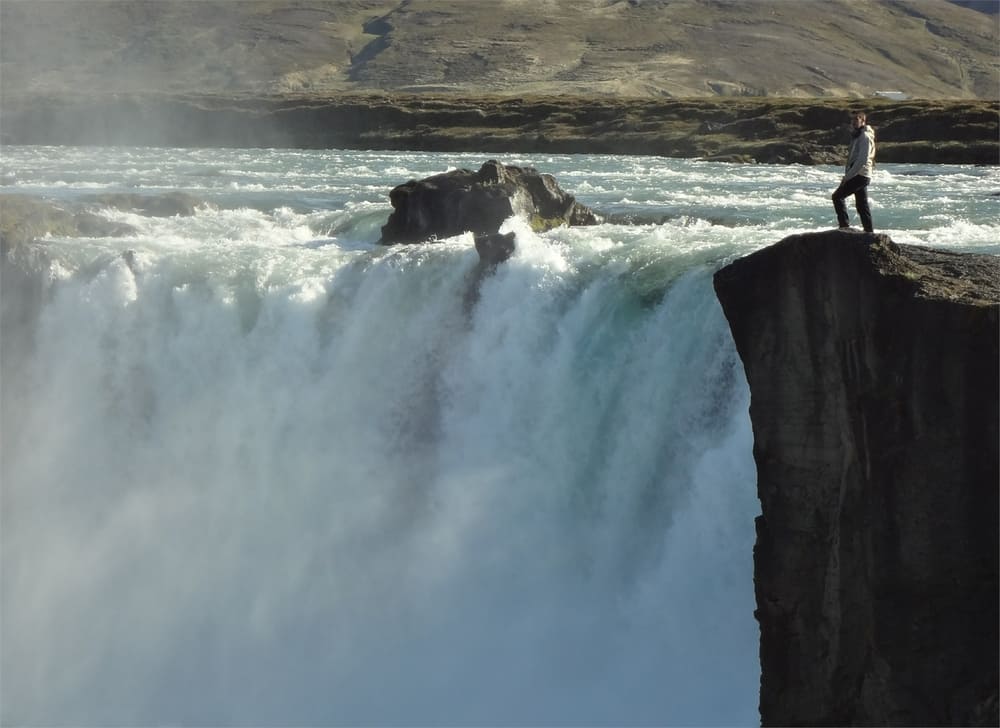
8. Dettifoss
Located in Vatnajökull National Park, Dettifoss is Europe’s most powerful waterfall. The falls were formed by glacial flooding during the Ice Age, which shaped the canyon that Dettifoss now dominates. Local myths speak of the river spirits who guard this powerful natural feature. It has long been considered a symbol of raw natural power and was featured prominently in the opening scenes of the movie Prometheus for its dramatic setting. The thunderous 100-meter-wide (328 feet) cascade drops 44 meters (144 feet) into the Jökulsá glacial river canyon.
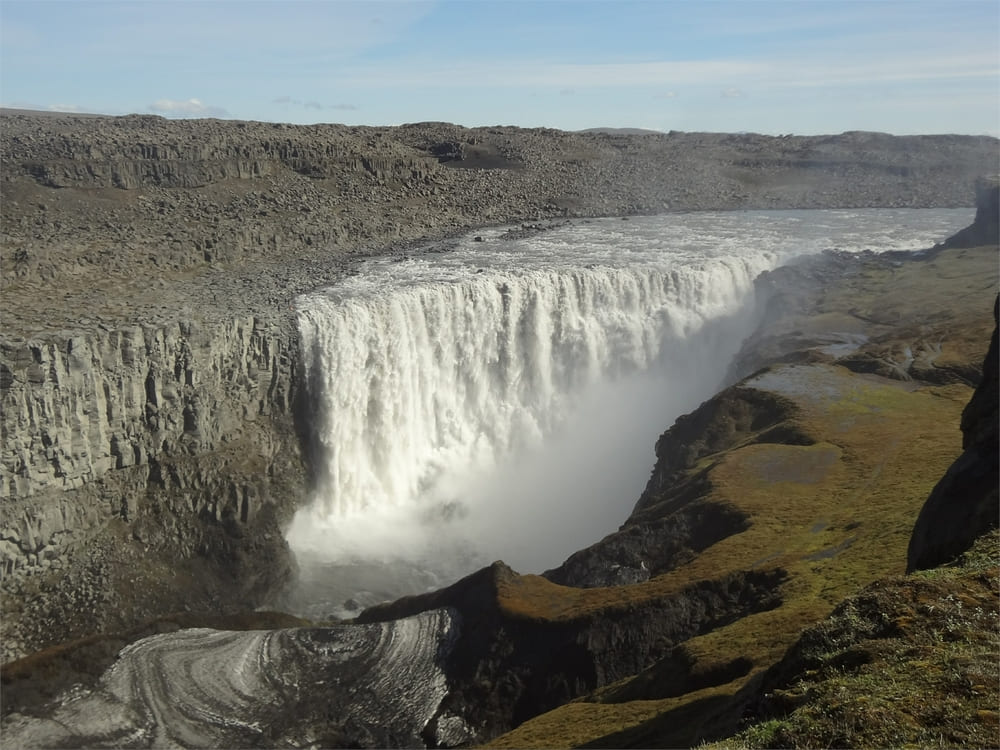
7. Seljalandsfoss
Located along Iceland’s southern coast, Seljalandsfoss is one of the country’s most iconic waterfalls. According to local legends, elves are said to inhabit the cliffs behind the falls, adding an air of enchantment to this already magical location. The waterfall’s formation is a result of glacial meltwater from the Eyjafjallajökull volcano. It is believed that the surrounding area was historically significant for farming communities, with the waterfall serving as a source of inspiration for local folklore.
Located just off Route 1, the waterfall is easily accessible with ample parking nearby. Visitors will find restrooms and a small café on-site, making it a convenient stop. What sets this 60-meter (197 feet) cascade apart is the pathway that allows visitors to walk behind the waterfall.
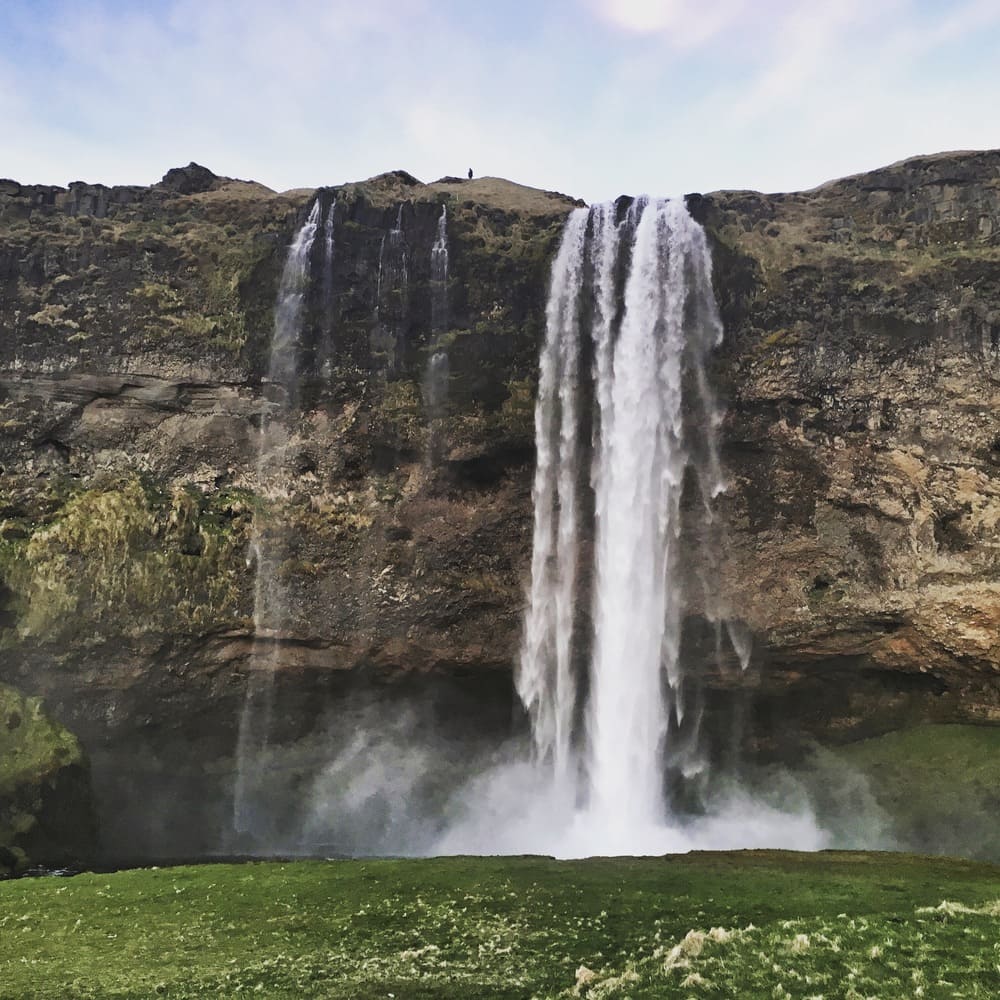
6. Kirkjufellsfoss
Situated near the iconic Kirkjufell mountain, and seen in the TV show Game of Thrones Kirkjufellsfoss is a favorite among photographers. The waterfall’s three-tiered flow perfectly complements the cone-shaped mountain in the backdrop. Together, they form one of Iceland’s most photographed landscapes, especially during the northern lights.
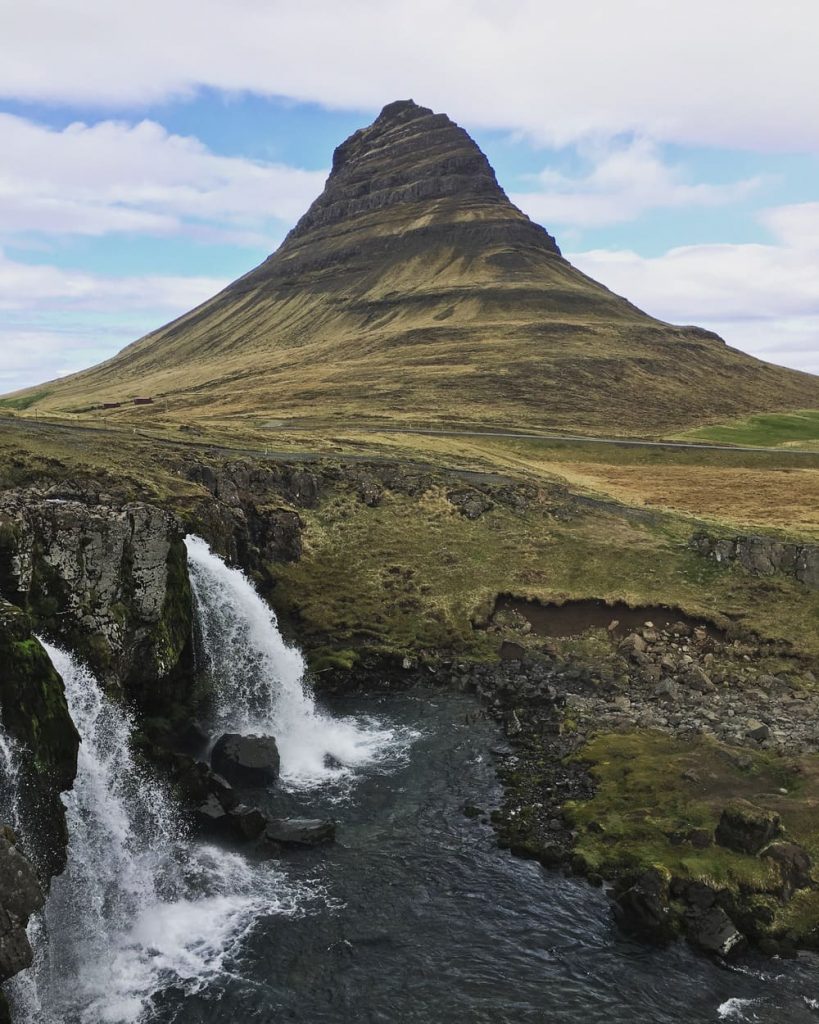
5. Svartifoss
Located in the Skaftafell National Park, Svartifoss, or the “Black Falls,” is framed by striking basalt columns. These hexagonal formations resemble a natural cathedral and have inspired Icelandic architecture, including the famous Hallgrímskirkja church in Reykjavík. The 1.5-kilometre (0.9-mile) hike to Svartifoss is moderately challenging and takes about 45 minutes each way, offering scenic views of the surrounding park.
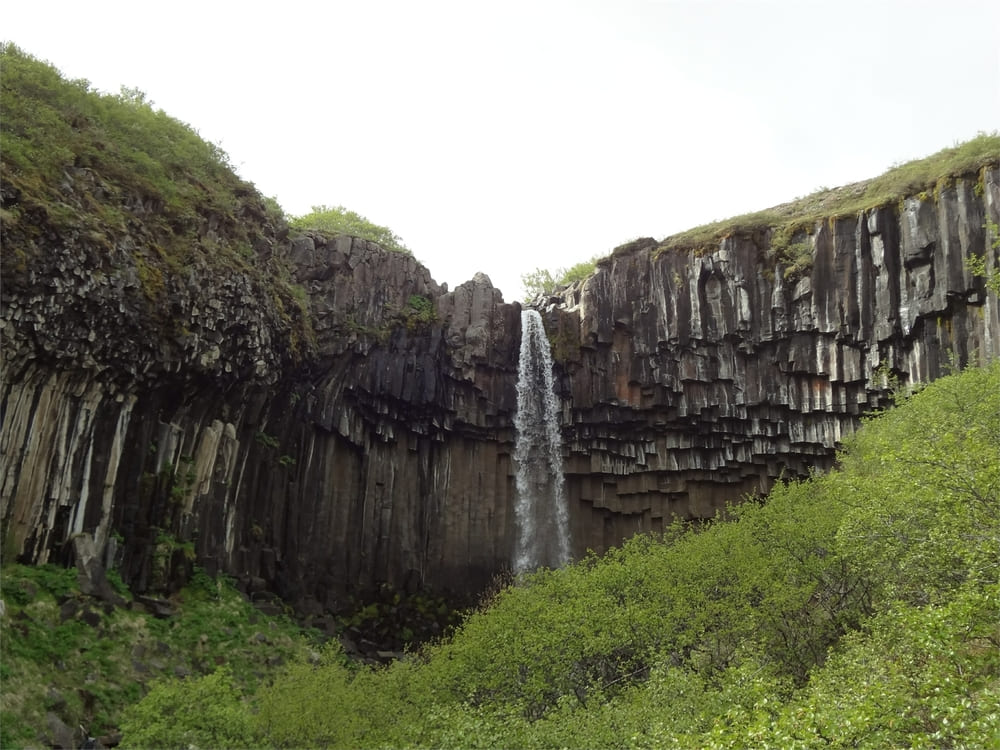
4. Hraunfossar
Unlike the towering cascades, Hraunfossar offers a unique experience. This series of gentle waterfalls flows out of a lava field into the Hvítá River. The contrast between the dark lava and the clear, turquoise water creates an ethereal scene. Combine your visit with a trip to nearby Barnafoss for a double treat!
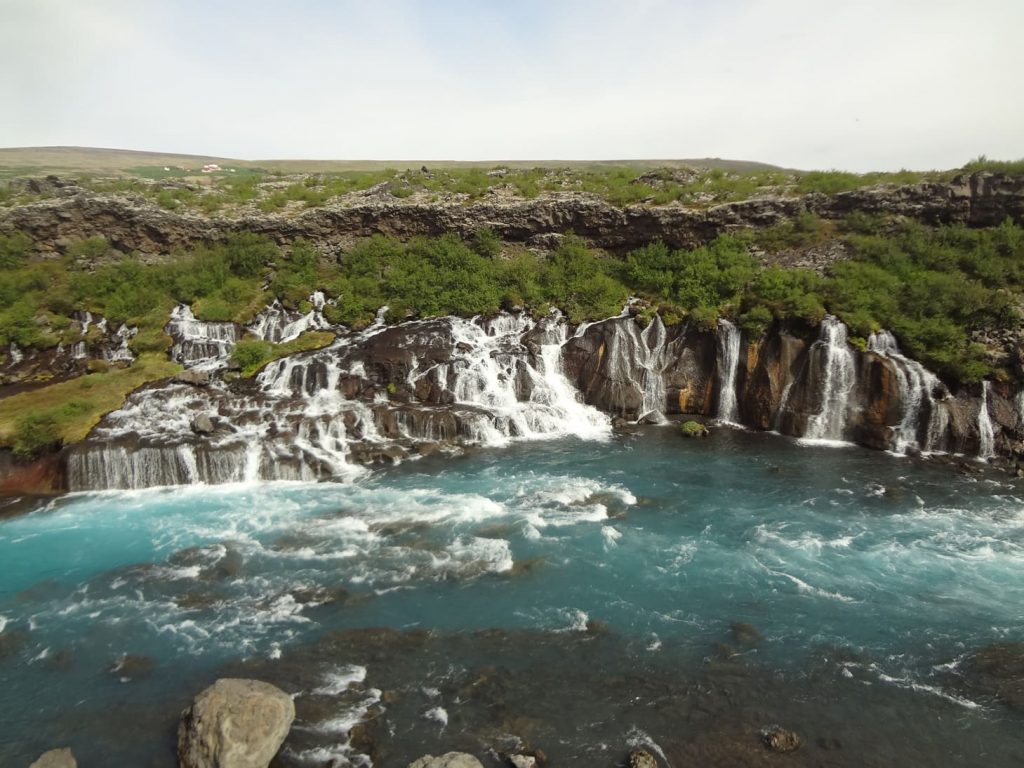
3. Skógafoss
Just a short drive from Seljalandsfoss, Skógafoss is a, at 62-meter (203 feet), one of the most impressive Iceland waterfalls. The cliff from which Skógafoss flows was once the Icelandic coastline, but as the sea receded, the falls were left inland. This geological shift contributes to its unique flat backdrop and dramatic flow. According to local legends, a treasure chest is hidden behind the falls, placed there by Þrasi Þórólfsson, a Viking settler… which main explain the consistent rainbow displays when the sun shines!
The best time to capture the rainbows is in the early afternoon when the sunlight hits the mist at the right angle. A staircase beside the waterfall leads to a viewing platform, offering breathtaking views of the cascade and the surrounding landscape.
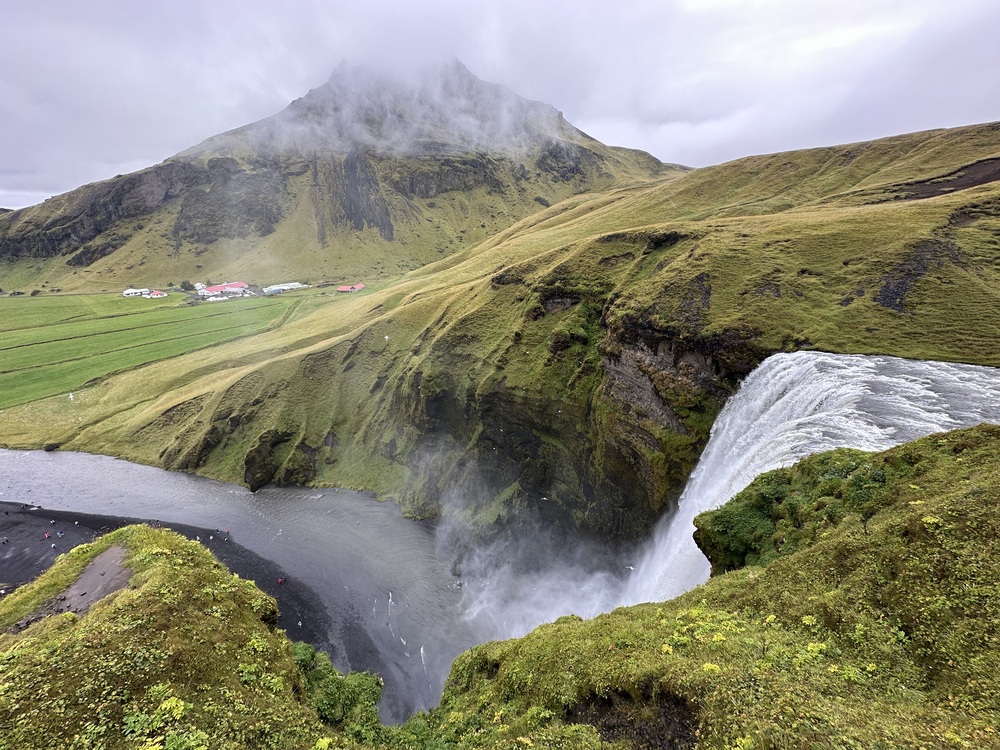
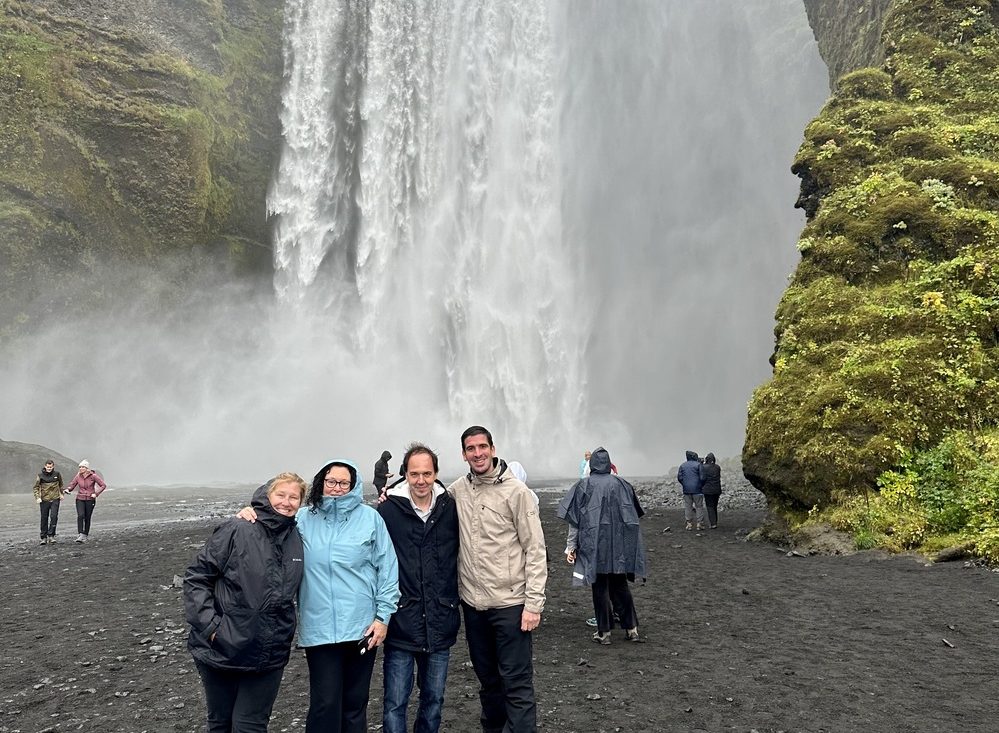
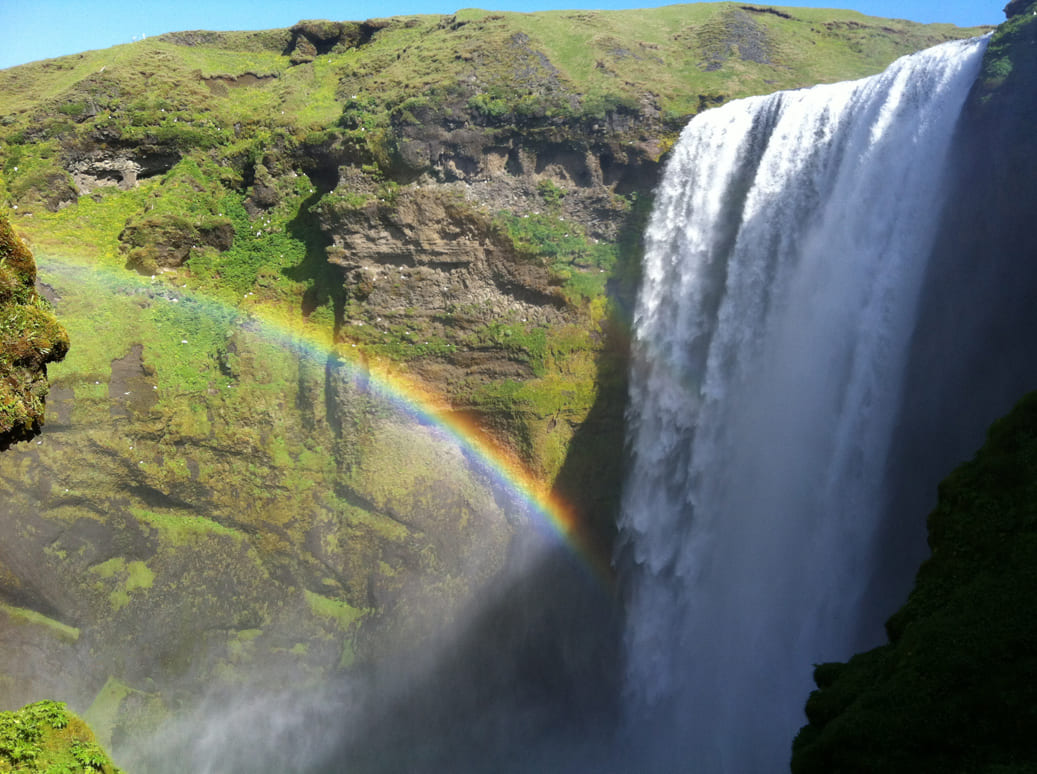
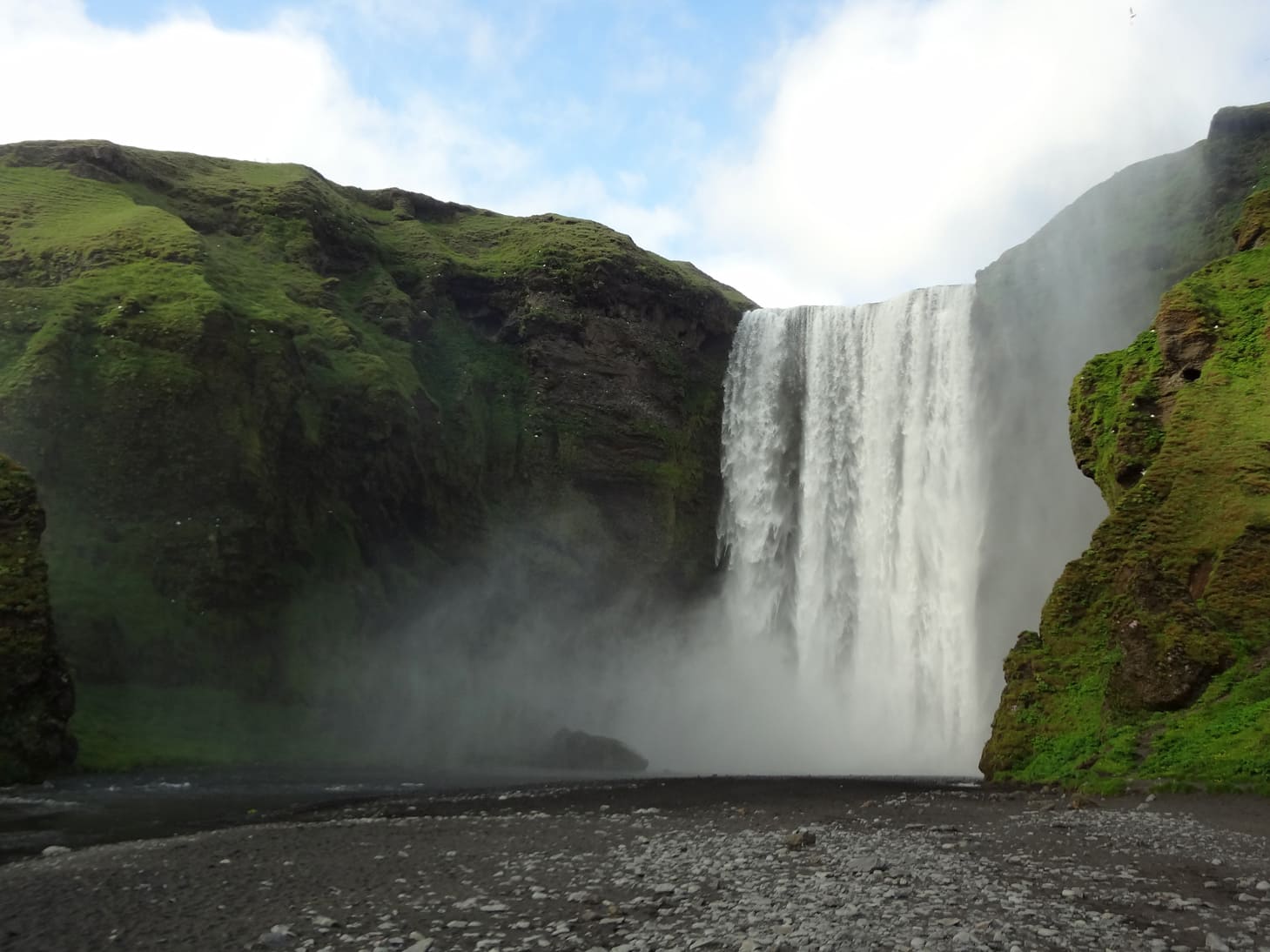
2. Gullfoss
Translated as the “Golden Falls,” Gullfoss is part of the famed Golden Circle route. Its formation is tied to the Hvítá River, which originates from the Langjökull glacier. Over time, the river carved the deep canyon into which Gullfoss cascades, creating its iconic two-tiered drop. The name is thought to come from the golden hue of the water when the sun shines, but some legends suggest it’s named after a farmer who sacrificed his gold to the falls to preserve the land.
The sheer power and beauty of Gullfoss have earned it a spot as one of Iceland’s most visited attractions and the most famous of all Iceland waterfalls. In winter, the frozen surroundings add a magical touch. However, visitors should be cautious as pathways can become icy, and sturdy footwear with crampons is recommended for safety.
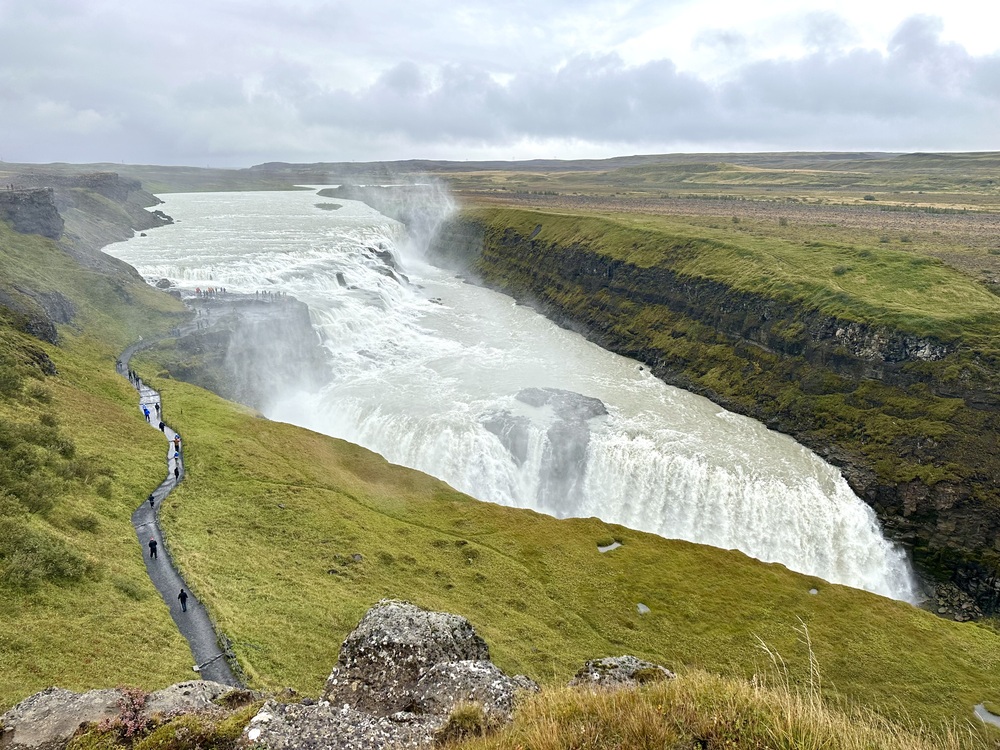
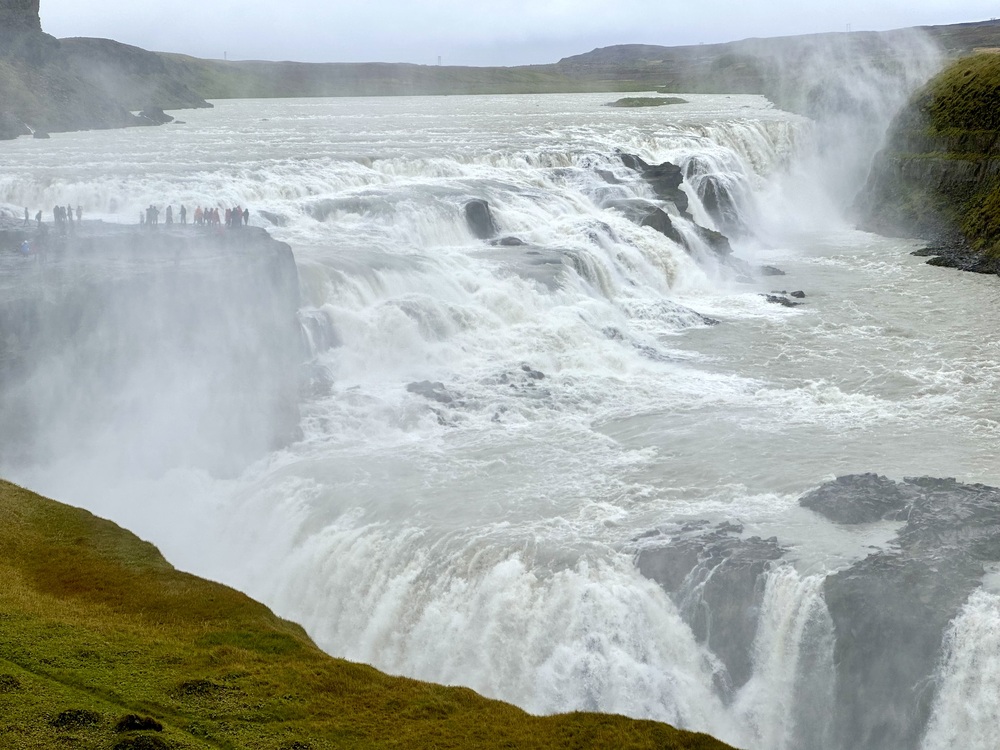
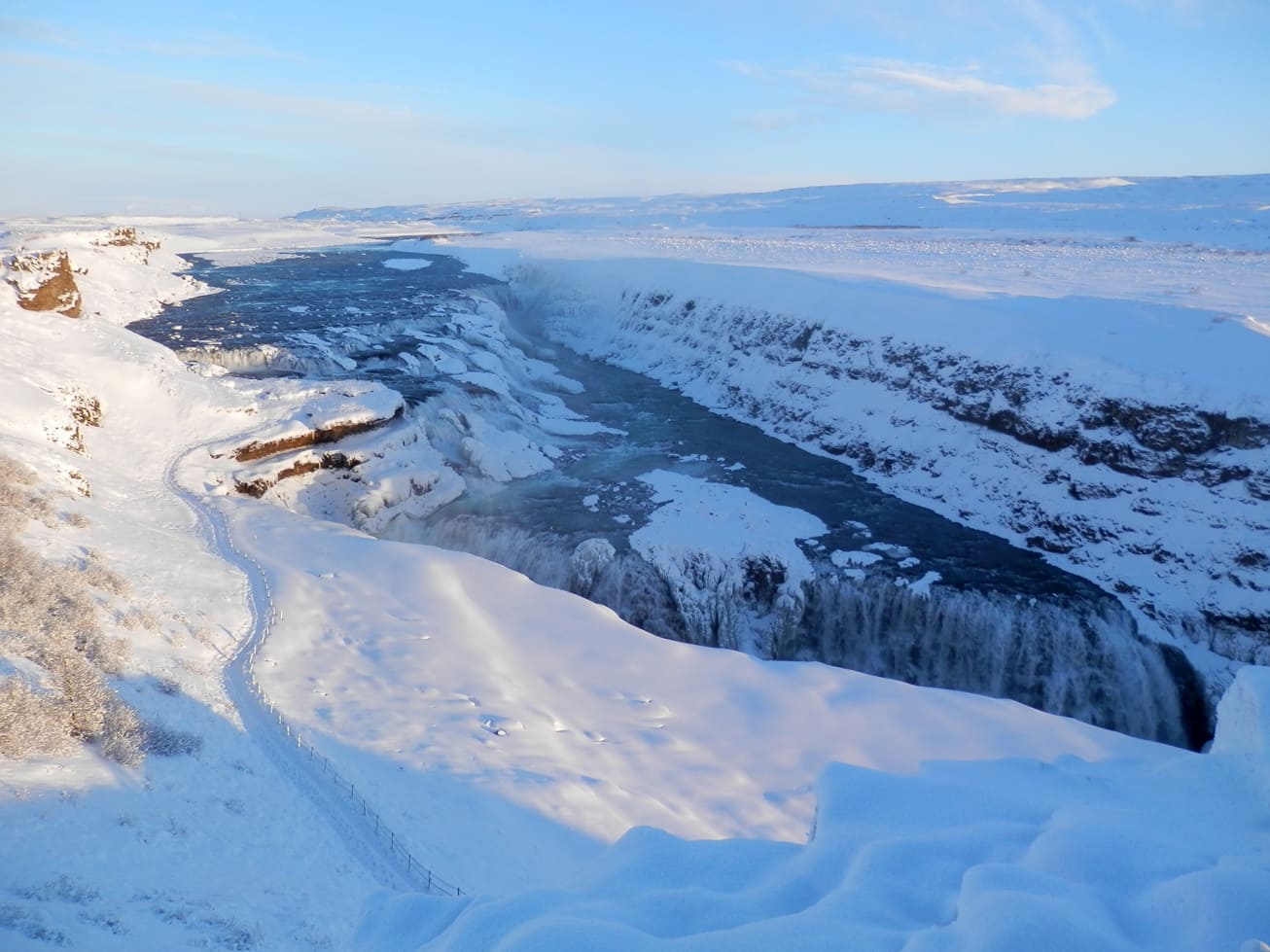
1. Bruarfoss
Known as the “Bridge Falls,” Bruarfoss is a hidden gem and our personal favourite due to its simple beauty. Though smaller than many of Iceland’s waterfalls, its intricate network of cascades creates a fairytale-like setting. The hike to Bruarfoss is part of the charm, taking you through beautiful landscapes along the river. The 3.5-kilometer (2.2-mile) trail can be VERY muddy at times, so waterproof boots are advisable. While the path isn’t well-marked, as long as you follow the river from the parking lot, you should find your way!
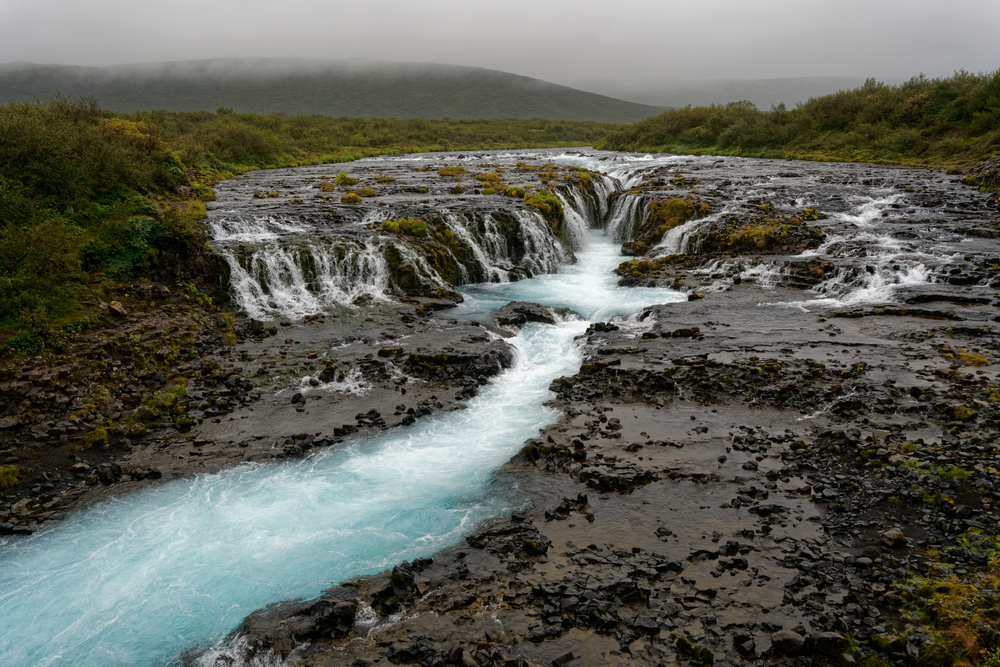
Plan Your Icelandic Waterfall Adventure
Ready to witness these natural wonders? Our tailored Icelandic waterfall tour covers a lot of those spots and provides insights into their geological and cultural significance. Enjoy a guided tour, photography tips, and the opportunity to connect with Iceland’s raw beauty!



